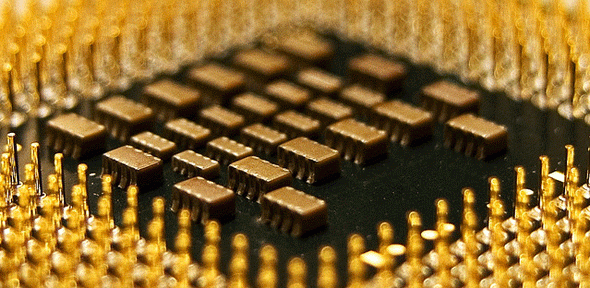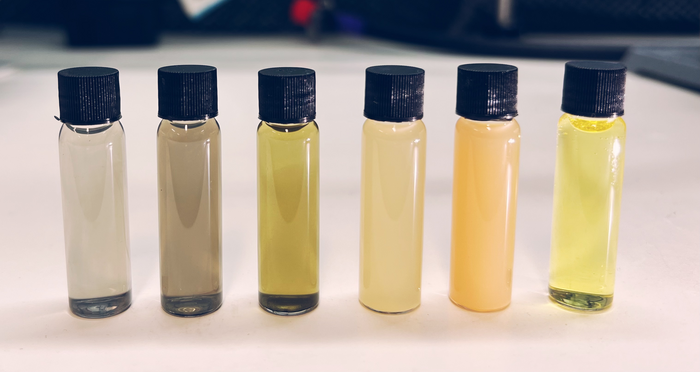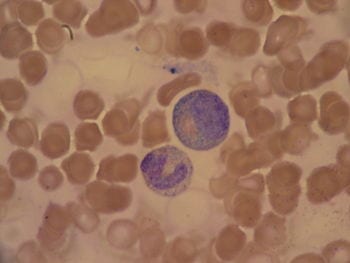
via University of Cambridge
Faster, smaller, greener computers, capable of processing information up to 1,000 times faster than currently available models, could be made possible by replacing silicon with materials that can switch back and forth between different electrical states.
As demand for faster computers continues to increase, we are rapidly reaching the limits of silicon’s capabilities
Stephen Elliott
The present size and speed limitations of computer processors and memory could be overcome by replacing silicon with ‘phase-change materials’ (PCMs), which are capable of reversibly switching between two structural phases with different electrical states – one crystalline and conducting and the other glassy and insulating – in billionths of a second.
Modelling and tests of PCM-based devices have shown that logic-processing operations can be performed in non-volatile memory cells using particular combinations of ultra-short voltage pulses, which is not possible with silicon-based devices.
In these new devices, logic operations and memory are co-located, rather than separated, as they are in silicon-based computers. These materials could eventually enable processing speeds between 500 and 1,000 times faster than the current average laptop computer, while using less energy. The results are published in the journal Proceedings of the National Academy of Sciences.
The processors, designed by researchers from the University of Cambridge, the Singapore A*A*STAR Data-Storage Institute and the Singapore University of Technology and Design, use a type of PCM based on a chalcogenide glass, which can be melted and recrystallized in as little as half a nanosecond (billionth of a second) using appropriate voltage pulses.
The calculations performed by most computers, mobile phones and tablets are carried out by silicon-based logic devices. The solid-state memory used to store the results of such calculations is also silicon-based. “However, as demand for faster computers continues to increase, we are rapidly reaching the limits of silicon’s capabilities,” said Professor Stephen Elliott of Cambridge’s Department of Chemistry, who led the research.
The Latest on: Phase-change materials
[google_news title=”” keyword=”Phase-change materials” num_posts=”10″ blurb_length=”0″ show_thumb=”left”]
via Google News
The Latest on: Phase-change materials
- Feed has no items.
via Bing News










